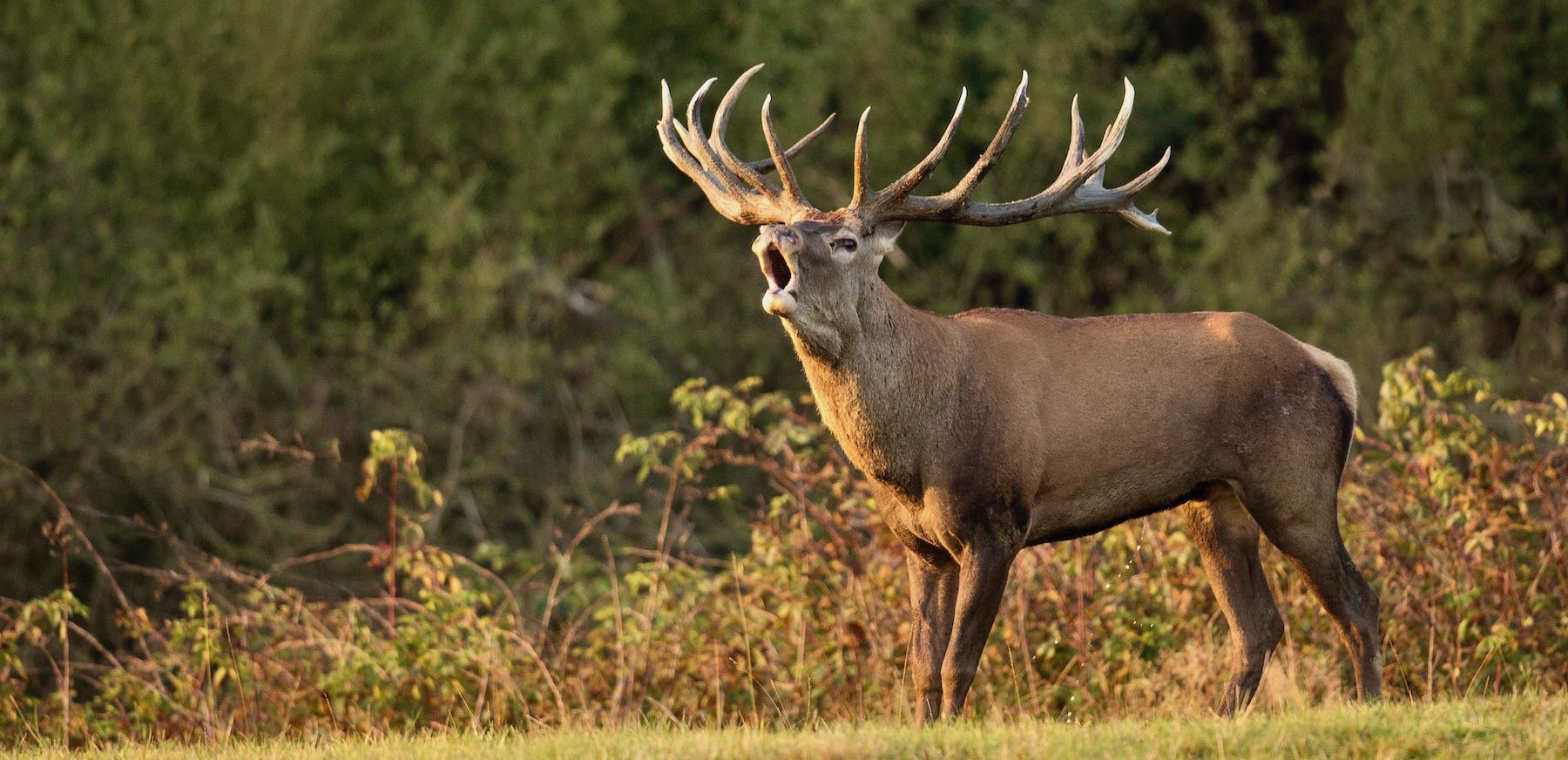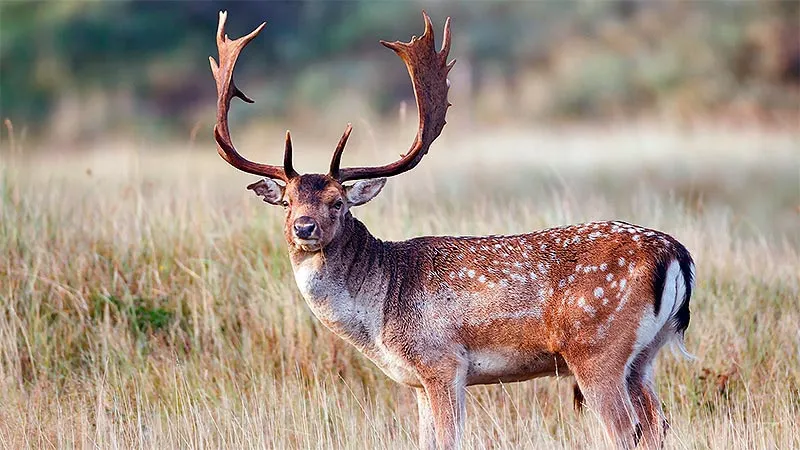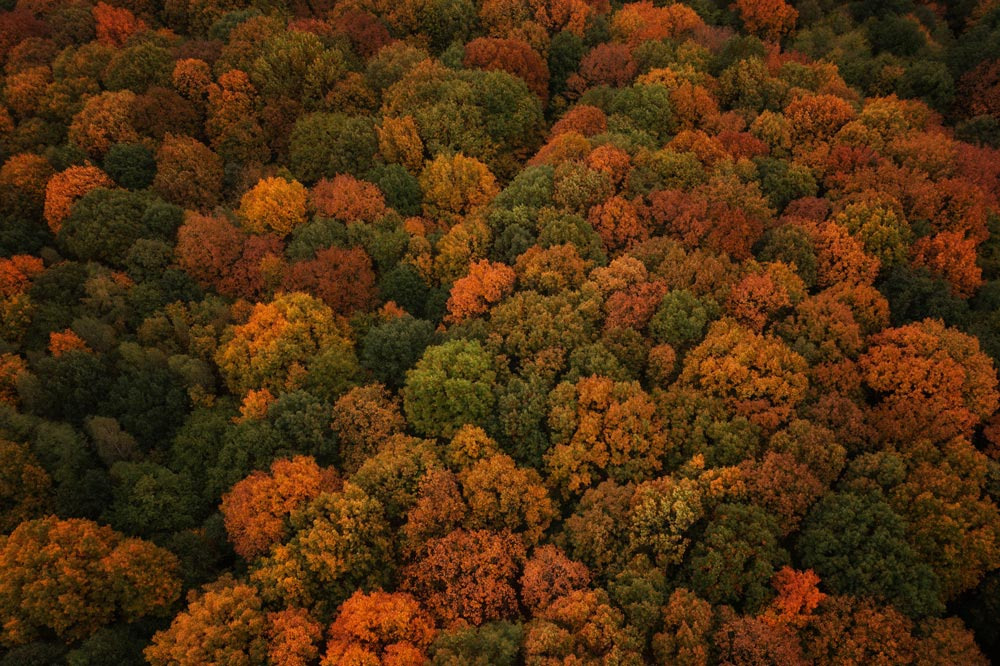
16 May 2024
Control actions for deer, fallow deer, mouflons and wild pigs
In 2023, the CSMAEA is investing €0.7M in the repair and expansion of hunting fences in public forests such as “Buenas Noches” or “San José del Tiradero” where the excess of wild herbivores is preventing young cork oaks from growing (natural regeneration of the forest), as they are delicacies for these species with excessive populations.
The Department of Sustainability, Environment and Blue Economy of the Andalusian Government is carrying out in the Los Alcornocales Natural Park, the repair and extension of hunting protection fences in public forests such as “San José de las Casas”, better known as “Buenas Noches” (CA-10504-JA), “San Carlos del Tiradero” (CA-10003-JA) or “Valdeinfierno” (CA-10056-JA).
The excess of large wild herbivores, such as fallow deer or deer, are preventing the growth of young cork oaks and various accompanying species such as strawberry trees, laurels, myrtles, barberries… (natural regeneration of the forest). These exclusion fences are allowing a direct improvement in the state of conservation of these forests, as well as an adequate evolution of their composition and structure, increasing their resilience to possible threats such as climate change, forest fires, diseases and pests.
Impact of large wild herbivores on the cork oak forest of the Los Alcornocales Natural Park

The main barrier that must be overcome to ensure the viability of the regeneration of these forests is the lack of balance between the population of large wild herbivores and the potential of the vegetation to host said fauna without compromising regeneration. This imbalance results in the inability of the ecosystem to regenerate naturally, which leads to the subsequent aging and deterioration of the cork oak forests, which also increases their vulnerability to the different agents that cause decay, such as the sad phenomenon known as “the drought (la seca)”.
The proliferation of large herbivores in the Natural Spaces of greatest environmental value, such as “Doñana”, among others, is becoming a problem of great impact, instead of being an indicator of ecosystem health, as many might think. In fact, the overpopulation of wild ungulates is so great that they are producing an imbalance in habitats and seriously endangering their natural dynamics, as they threaten the replacement of mature and senescent trees that die from natural causes.
Future hunting management
Adequate game management can turn this problem into an opportunity for socioeconomic development, which will promote game tourism, generating jobs and wealth, while giving hunters the opportunity to collect pieces of greater value. To do this, it is necessary to work on the quality of the trophies and not on the number of animals that can be hunted in a hunt.
The Moresque roe deer
Furthermore, in the case of the Los Alcornocales Natural Park, there is a wild herbivore that is compatible with the natural regeneration of the forest and of great hunting value: the Andalusian or Moresque roe deer, considered by the International Hunting Council to be a unique trophy of the species. The Andalusian roe deer is the smallest of the European cervids, with solitary habits and local characteristics that allow us to understand its adaptations to the cork oak forests of Cadiz. Under these conditions, there has been a natural selection of roe deer over the centuries, giving rise to a race or ecotype specific to these mountains. Without a doubt, the hunting commitment to the Andalusian roe deer, to the detriment of the red deer and the fallow deer, is one of the main challenges that we will face in the coming years in the Los Alcornocales Natural Park.





